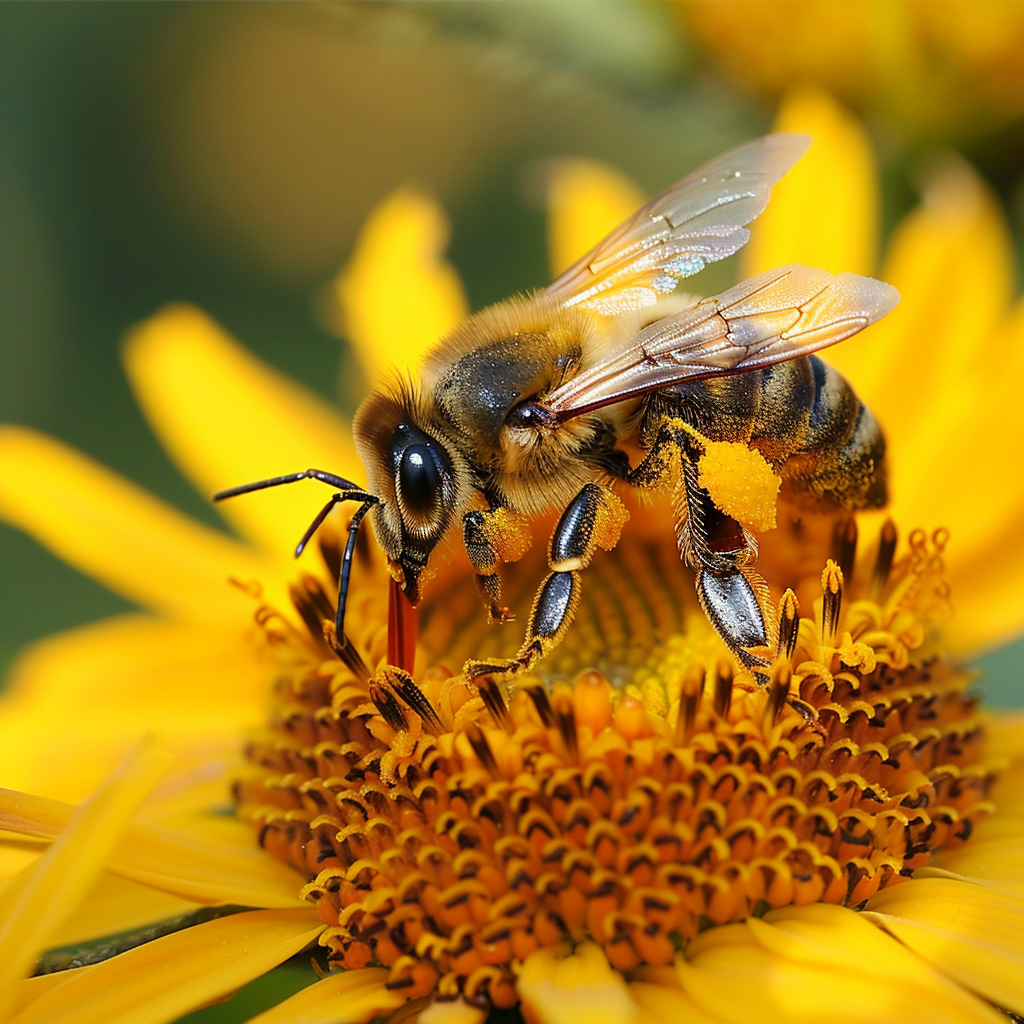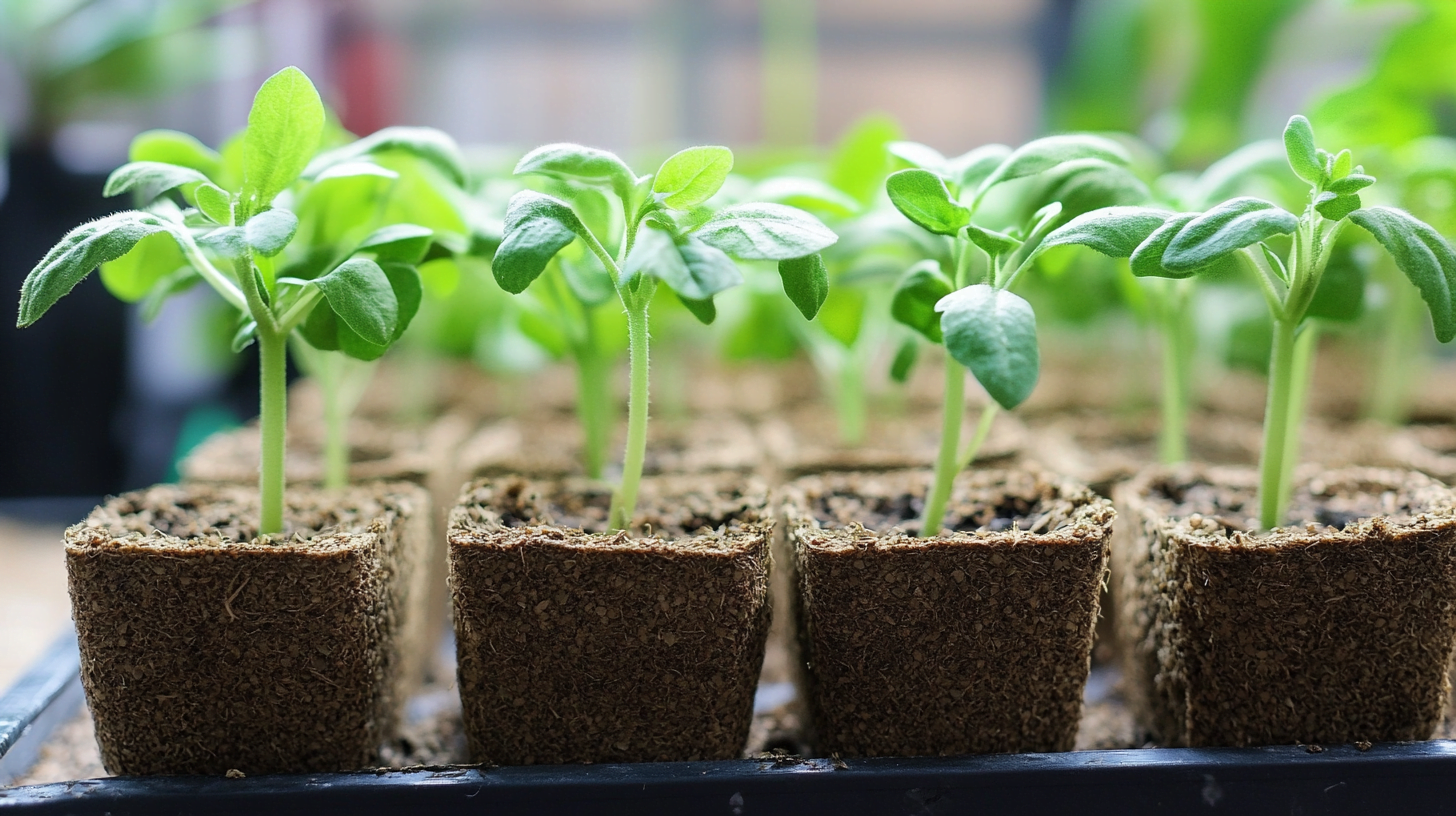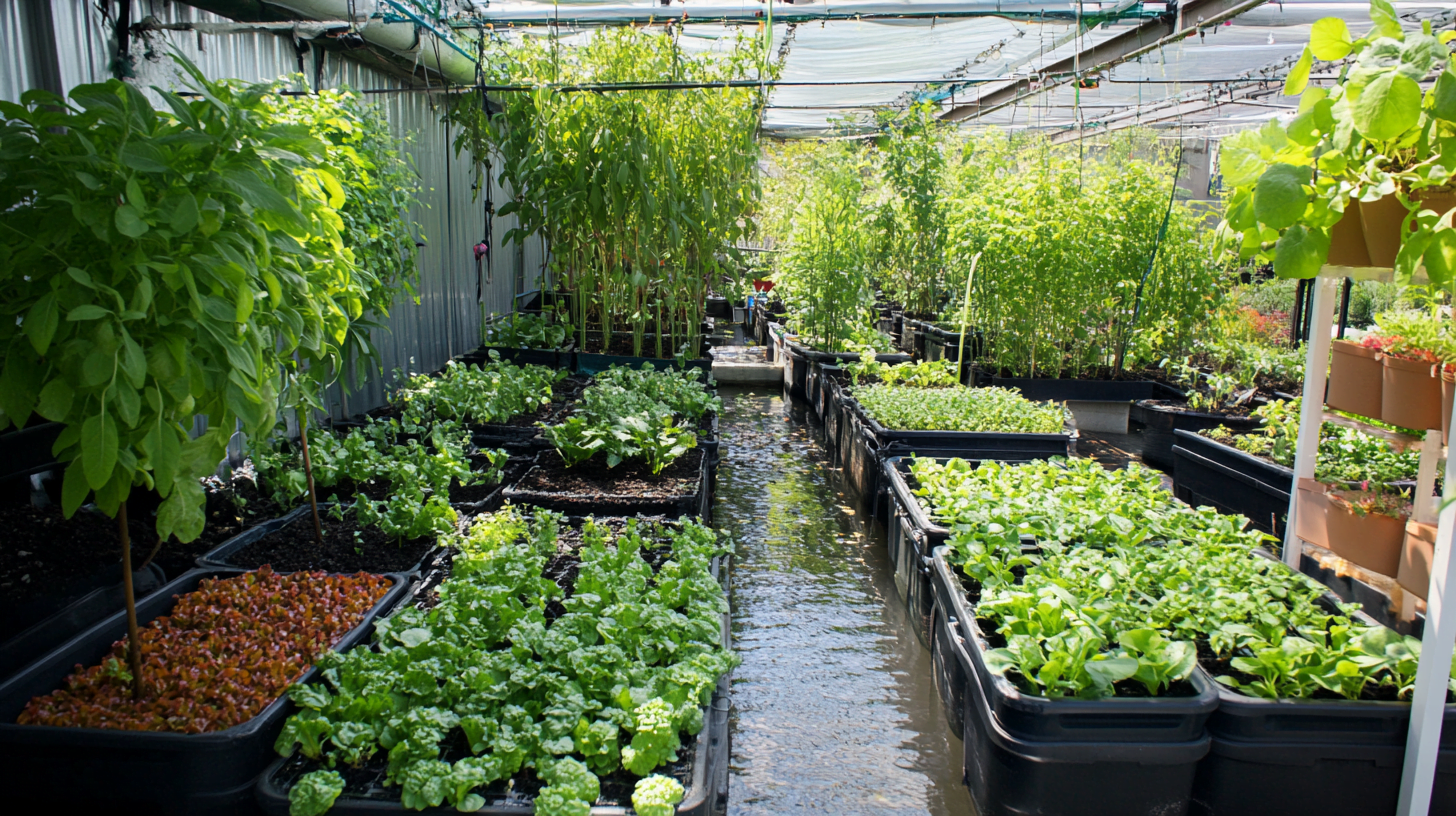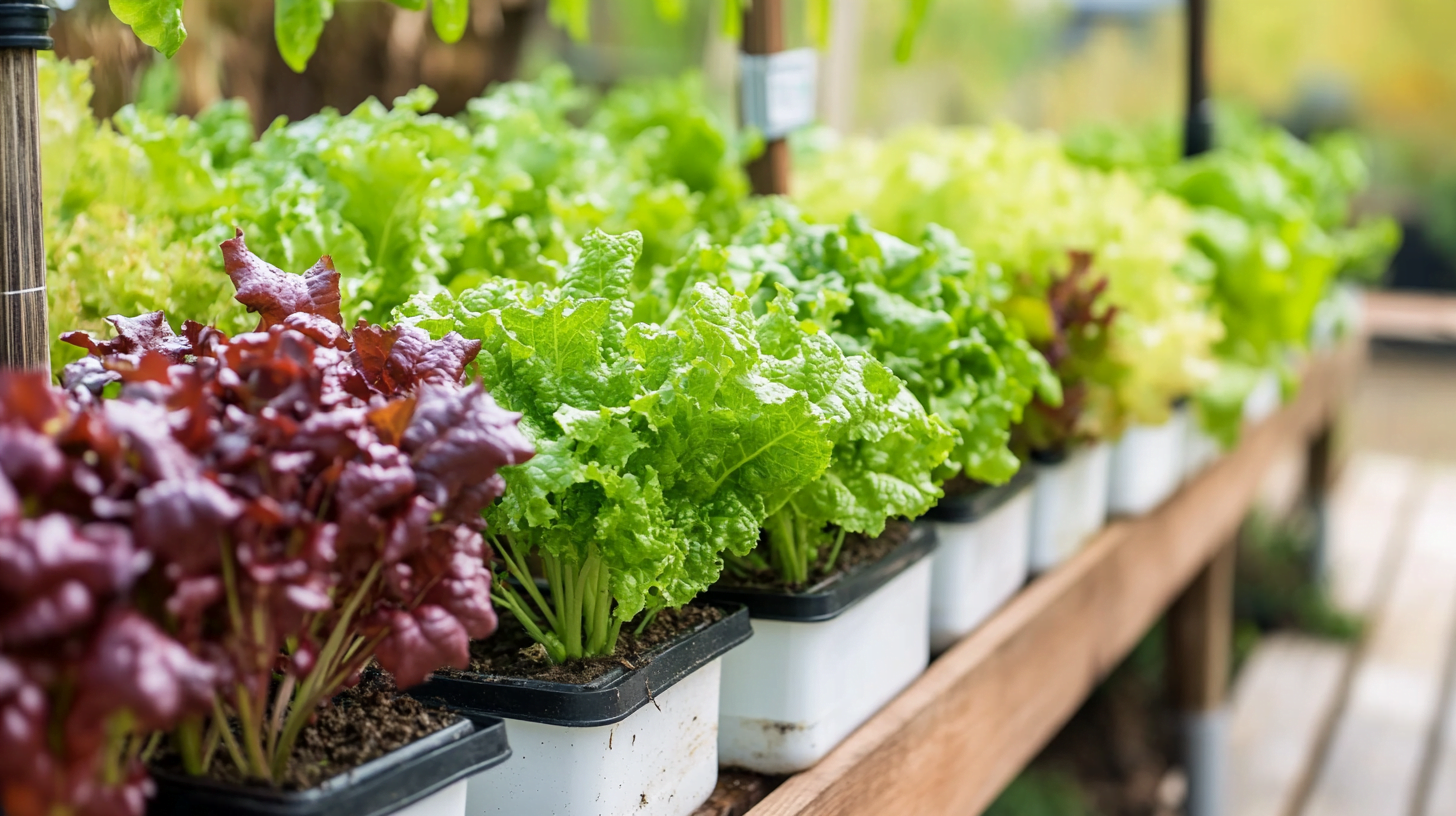Hydroponic gardening relies on providing nutrients directly to a plant’s roots in a water-based, soilless system. While this allows for excellent control over plant growth, one downside is that pollination must be artificially encouraged in order for flowering plants to produce fruit and seeds. There are several techniques hydroponic gardeners can use to ensure effective pollination. This comprehensive guide on “How to Choose the Right Hydroponic Pollination Method?” will provide an in-depth overview of:
- The key factors to consider when selecting a hydroponic pollination method
- Manual pollination techniques like flower vibration and brushing
- Vibration tools and sonication devices for pollen dispersal
- Optimizing air circulation for natural pollination
- Using bees for targeted hydroponic pollination
- Tips for choosing the best method for your hydroponic system
Proper pollination is essential for flowering plant propagation and hybridization, making an intentional pollination strategy a critical component of hydroponic system management and success.
Why Pollination Matters in Hydroponics
Unlike outdoor gardens and natural environments, the controlled settings of most hydroponic systems limit the ways flowering plants receive pollen. With no wind, insects, or other external mechanisms, pollination requires some intervention on the grower’s part.
Pollination leads directly to fruit and seed production. So encouraging effective pollination means higher yields from flowering vegetable crops like tomatoes, peppers, cucumbers, and squash. It also enables hybridization and the cultivation of customized strains.
For these reasons, hydroponic gardeners growing flowering plants need to incorporate a pollination method rather than relying solely on nutrient film or aeroponic misting to encourage growth.
When assessing pollination options, key factors to evaluate include:
Key Selection Criteria for Hydroponic Pollination Approaches
- Plant types and traits – Flower shape, timing, pollen amounts dictate needs.
- Operation scale – A few large plants vs 100s in commercial systems.
- Efficiency and precision – Pollination intensity impacts final yields.
- Budget considerations – From manual and free to automated solutions.
- Access to supplies – Bees, vibration tools, fans, etc.
- Ease of use – Labor, maintenance, adjustment requirements.
- Existing hydro system – Compatible with current setup?
By weighing criteria like these, hydroponic gardeners can determine the best pollination solutions for their specific situations.
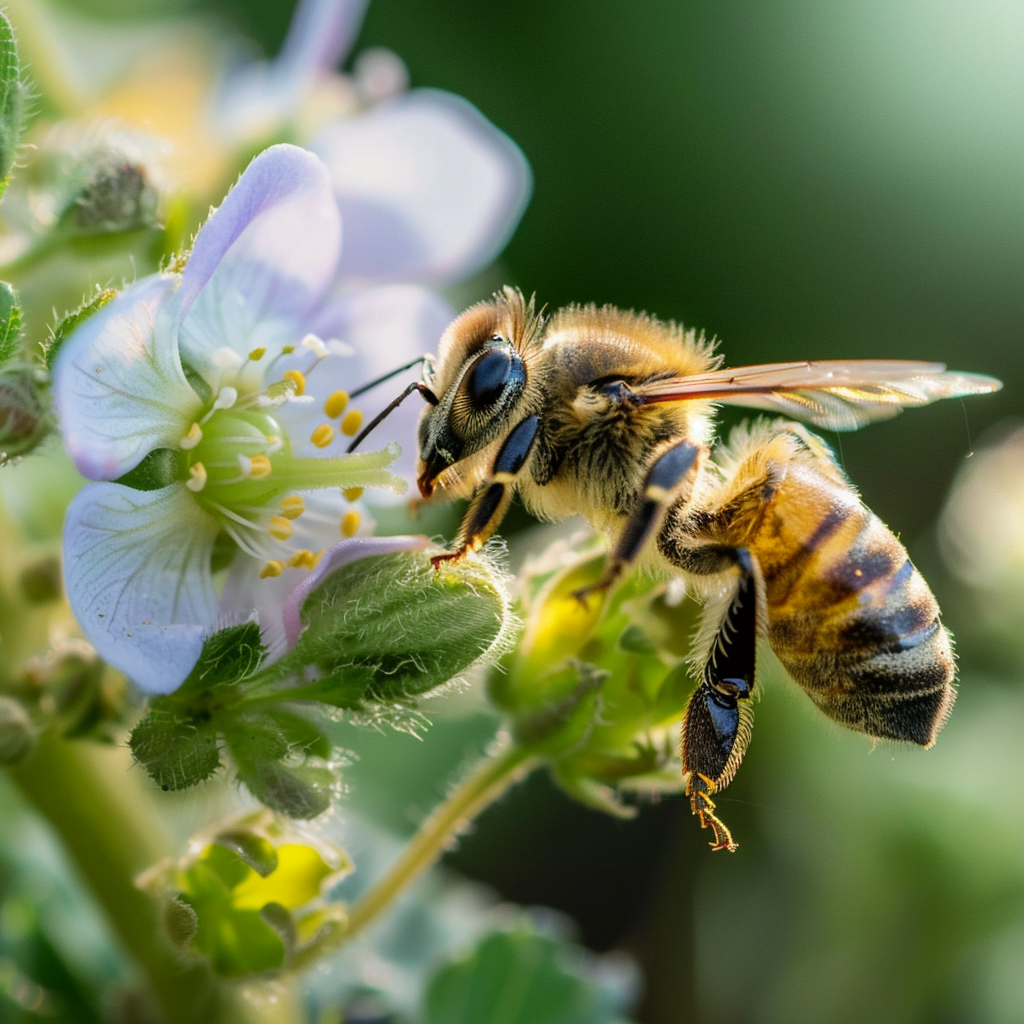
Manual Pollination Techniques for Hydroponics
The most basic approach to hydroponic pollination uses simple manual techniques performed by hand. Key aspects include:
Flower Vibration
Gently shaking or vibrating an entire flowering plant using fingers allows pollen to dislodge and drift down onto stigma surfaces. Similar to wind pollination, vibration releases pollen to be carried from male to female flower parts.
- Best for large, sturdy flowers and plants.
- Complete in seconds but must be repeated daily during flowering.
- Well-suited to a few larger vegetable plants – tomatoes, peppers, etc.
Manual Brushing
Using a small soft paintbrush, cotton swab, feather, or other gentle applicator, pollen can be manually gathered from male flowers and brushed directly onto the stigma of female flowers.
- More precision than vibration alone.
- Allows targeting specific female flowers.
- Can combine with vibration for optimal dispersal.
Basic Steps to Manually Pollinate Hydroponic Plants
- Identify male and female flowers – note distinguishing traits.
- Collect pollen by vibrating or touching mature male flowers.
- Uncap female flowers if closed, expose sticky stigma.
- Gently brush pollen applicator onto and around stigma surface.
- Repeat across all female flowers daily during peak blooming.
Manual pollination works well for hobbyists and small hydroponic gardens with just a few large flowering vegetable plants or fruiting crops. It leads to targeted pollination through precision brushing techniques but becomes labor intensive over many plants or an extended flowering period. For larger gardens or commercial operations, some type of mechanical assistance or amplification of pollination is recommended.
Vibration Tools and Sonication Devices
A step up from exclusive manual pollination is to incorporate mechanical vibration tools. Small electric toothbrushes, battery-powered vibrators, or ultrasonic transducers can dislodge and distribute pollen across more flowers than just hand techniques.
Electric Toothbrush Method
Affordable and portable, electric toothbrushes modified with a customized brush head can vibrated against flower clusters to release pollen.
- Toothbrush heads tailored to flower shape.
- Rechargeable for extended use.
- Can quickly treat sections of plants.
- Requires repeated flower contact.
Battery-Powered Vibrators
Similar to a toothbrush but designed for vibration, small wand-style vibrators offer variable speed settings to optimize pollen dispersal.
- Targeted vibration possible.
- Speed/intensity customization.
- Rechargeable for ongoing use.
- Purchase specific agriculture models.
Ultrasonic Devices
Ultrasonic transducers or horns emit sound wave frequencies between 25-40 kHz to create micro-vibrations. They can be fixed near flowers with stands or wands.
- Automated vibration once positioned.
- Covers more dispersed area.
- Sound waves pass through plants.
- More costly equipment.
Battery life, power intensity, and flower coverage area factor into tool selection. But in general, vibration devices reduce overall pollination labor compared to exclusive manual techniques. Yet run times and battery charges make them less optimal for large operations compared to fan circulation or bee pollination approaches. Vibration tools offer a middle ground between hand pollination and more automated methods.
Optimizing Air Circulation for Natural Pollination
In addition to direct vibration, optimizing air circulation provides passive yet effective hydroponic pollination support. Allowing pollen to move naturally from male to female flowers increases chances of fertilization.
Encouraging Air Flow
High air flow in the enclosed grow room enables pollen to disperse more widely as it releases. This mimics open air movement or wind patterns that naturally distribute pollen.
- Keep exhaust and intake vents unblocked.
- Position plants for maximum circulation.
- Use small fans directed at plants.
- Connect air pumps to air stones.
Hydro System Considerations
Certain hydroponic systems like NFT (nutrient film technique) or DWC (deep water culture) more easily allow for adding small air pumps or lines with air stones – like those used for aquarium aeration. Make use of this existing equipment to add supplemental air flow where possible.
Passive and Active Air Movement
Good ventilation and airflow can work passively once set up properly. But adding micro fans, small air pumps or air stones provides active circulation to better ensure pollen gets distributed, even in remote garden areas.
Supporting Natural Pollination
Optimized air flow works best for smaller flowering plants with lighter, naturally wind-pollinated flower structures. It can be combined with other techniques as well for enhanced pollination.
While passive, good consistent air circulation allows for wider pollen distribution to support natural pollination actions. And comes at little added cost if leveraging existing hydroponic system pumps and tubing.
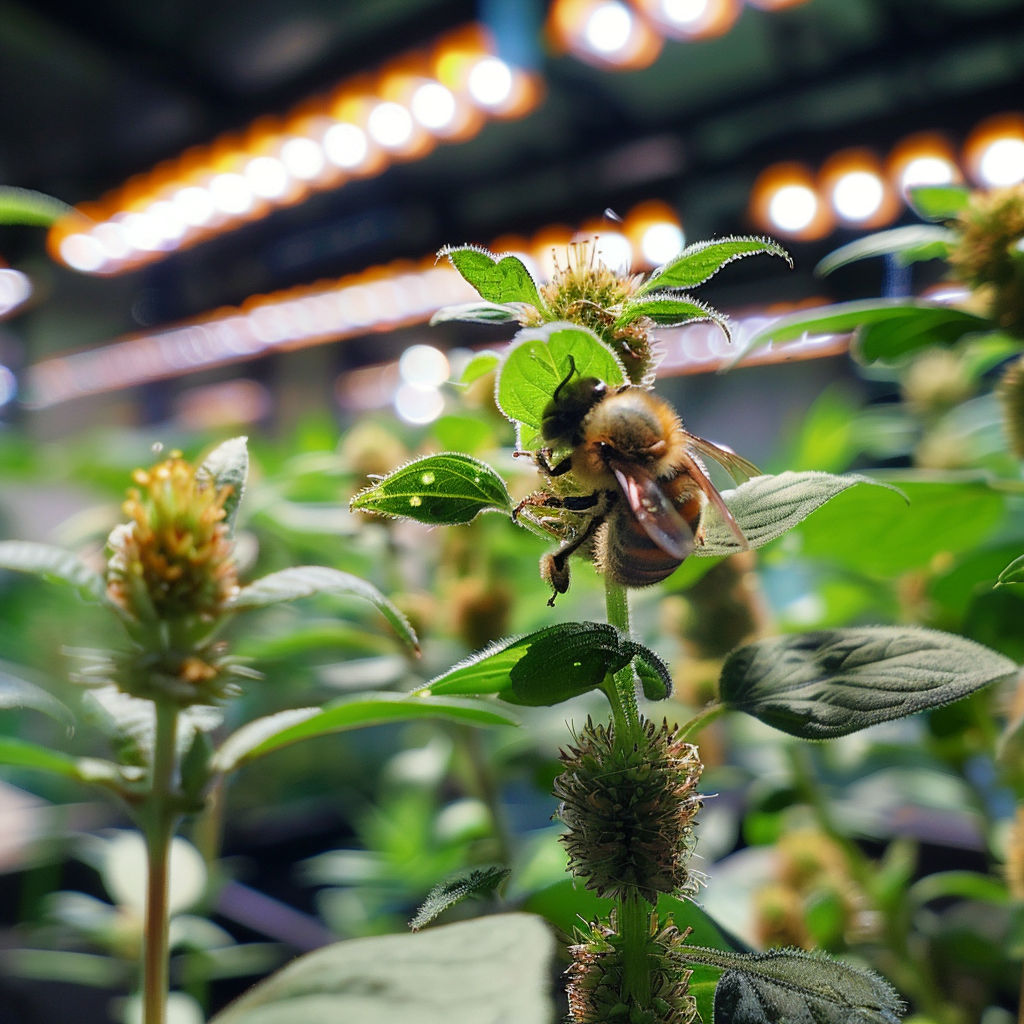
Using Bees for Targeted Hydroponic Pollination
For the highest efficiency of pollen transfer to support fruit and seed production, enclosing bee habitats provides targeted hydroponic pollination. Bees can be nurtured within indoor grow rooms and released during peak flowering for precise, consistent pollination.
Bee Species
While technically possible, the logistics of housing honey bee hives makes bumble bees and mason bees better choices. Their colonies require less space while still providing essential pollination.
Habitats and Food
Bees need protected nesting areas as well as nectar and pollen foraging sources. For bumble bees this includes underground colonies and sugar water feeding. Mason bees nest in drilled wood blocks or tubes.
Stocking Density
Recommendations vary based on grow room size but generally 100-500 bees can provide sufficient pollination coverage depending on the number and size of plants.
Bloom Phase Releasing
Timing bee release to coincide with peak flowering ensures maximum pollination efficiency. Once flowering tapers off, bees can be relocated back to their external hives.
Considerations
Managing bees indoors does require particular expertise including feeding, protection from pesticides, and health monitoring. So some specialized learning is needed.
While bees involve a higher startup investment – hives, wooden nests, sugar water, etc. – they offer very efficient targeted pollination across many hydroponically grown flowering plant varietals. The key is providing protected habitats and food sources customized to the specific bee species.
Key Tips for Choosing the Best Hydroponic Pollination Method
When deciding which pollination method to incorporate into a given hydroponic gardening setup, keep these key tips in mind while assessing the options:
- Match technique intensity to the flowering plant type and number being grown. Is manual vibration sufficient or are enhanced methods needed?
- Factor in labor requirements – bees become low maintenance once established, manual techniques very hands-on.
- Conduct small tests first before rolling out a method across the full garden.
- Allow for adjustments – combine techniques like bees plus optimized air circulation for a layered approach.
- Consider startup costs – vibration tools and bees require more equipment than manual methods.
Evaluating these elements against the key selection criteria outlined earlier allows hydroponic gardeners to make informed pollination decisions suited to their individual systems and constraints.
The end goal is to provide just enough consistent pollination to produce the desired fruit or seed yields from the flowering crops being grown. Avoid over or under-pollination and times when plants don’t receive adequate pollen.
Test different approaches when first establishing flowering plants or a new hydroponic setup. Keep adjusting variables until the optimal, cost-effective pollination process is achieved. Consistent, reliable pollination means consistent yields over time – ensuring hydroponic garden success.
